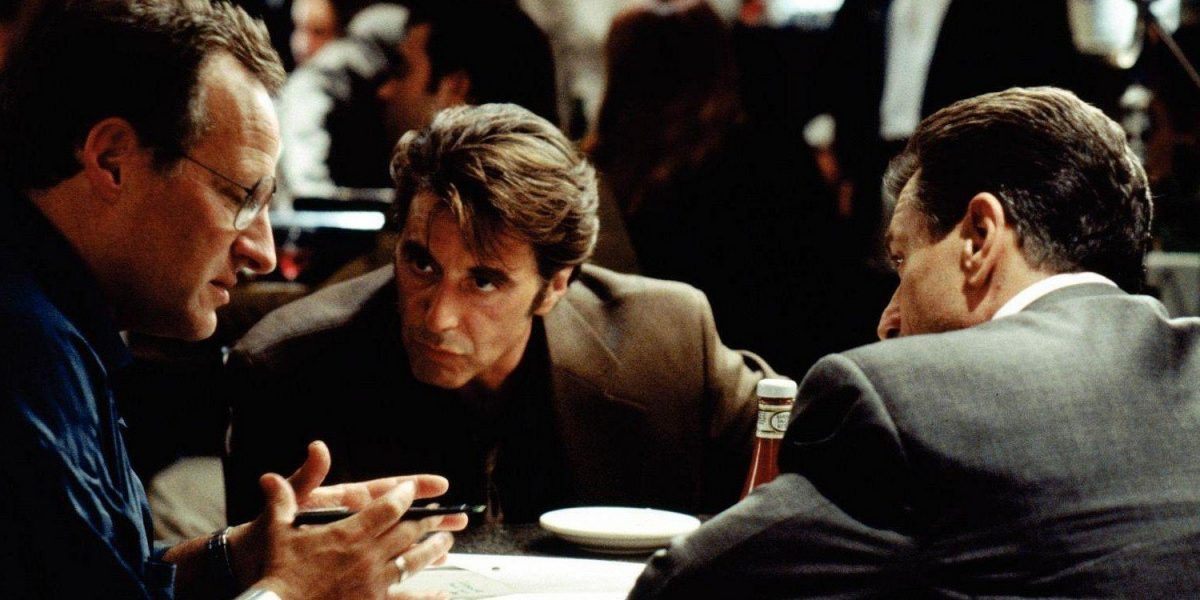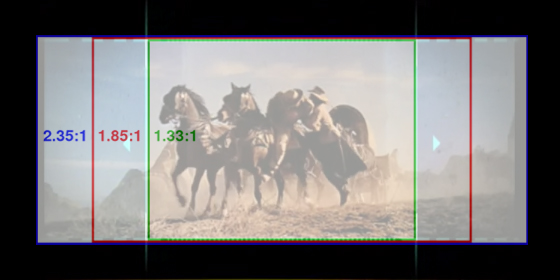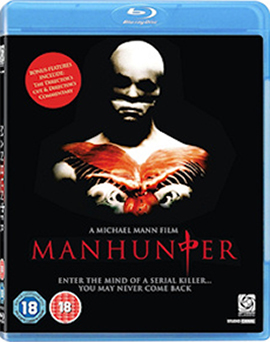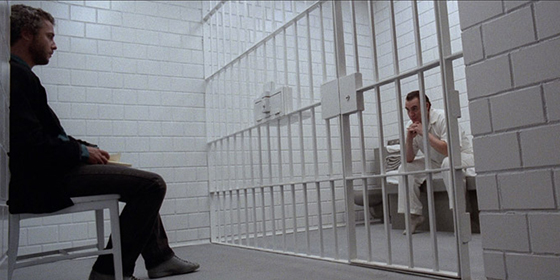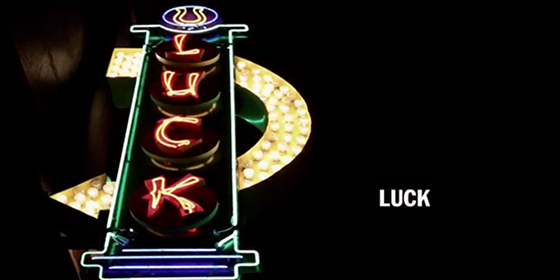For those not familiar with the story, it details the slow-burn clash between a highly sophisticated crew of L.A. thieves (led by Robert De Niro) and the detective (Al Pacino) who is obsessively chasing them.
It remains Mann’s best work: an outstanding portrait of two seemingly unstoppable forces colliding amidst the backdrop of a stunningly realised Los Angeles.
Although well received at the time, it was perhaps seen as a high-grade genre piece and nothing more. But its status has grown exponentially since, with the new transfer enhancing a film over twenty years old.
Many other things could be said about Heat: the last truly great performances of Pacino and De Niro, a raft of excellent support in the brilliant ensemble cast; superb visuals by Dante Spinotti; an immense sound design and score by Elliot Goldenthal, with memorable musical contributions by Moby and Brian Eno.
Overseen by director Michael Mann, this Blu-ray was sourced from a new 4K remaster by Stefan Sonnenfeld of Company 3 and looks far superior to the 2009 version.
Blu-ray.com have some technical details:
If you have a very large screen or a projector you will immediately notice improvements in terms of depth and fluidity. The difference is especially obvious during close-ups — as virtually all of them have a much ‘tighter’ appearance now — but during larger panoramic shots delineation is also superior.
During a lot of the indoor footage the images also appear better balanced and smoother (not artificially repolished with digital tools). To be perfectly clear, the darker/indoor footage actually makes it quite clear that the master that was used to produce the release is of exceptionally high-quality because density is quite simply outstanding.
Image stability is outstanding.”
What of the DTS-HD Master Audio 5.1 track?
“…outstanding. It has an excellent range of nuanced dynamics and during the shootouts intensity is fantastic.
I did some direct comparisons during the famous bank sequence at the end of the film and I want to specifically mention that the Dolby TrueHD 5.1 track from the previous release actually does a pretty good job of reproducing many, if not all, of the same qualities that define the DTS-HD Master Audio 5.1 track.
Where the DTS-HD Master Audio 5.1 track appears to have an edge is the expanded depth, though I can only speculate about the type of remastering work that might have been done to improve it. There are no mastering defects to report.”
The second disc has all the extras of the previous DVD and Blu-ray releases (which were plentiful) but perhaps the most significant new additions feature: Mann discussing the film at the 2015 Toronto Film Festival (31 mins) and Christopher Nolan hosting an Academy discussion featuring Mann, De Niro, Pacino and other crew (64 mins).
Here is the full list of extras:
- NEW 4K REMASTER of the film: Supervised by director Michael Mann.
- Lossless Audio Track: DTS-HD Master Audio 5.1
- Filmmaker Panel: Newly recorded presentation and discussion of Heat organized by the Academy of Motion Picture Arts and Sciences. Hosted by writer-director Christopher Nolan, it features actors Al Pacino, Robert De Niro, Val Kilmer, Amy Brenneman, Diane Venora and Mykelti Williamson, writer/director Michael Mann, cinematographer Dante Spinotti, executive producer Pieter Jan Brugge, editor William Goldenberg, producer Art Linson, and re-recording mixer Andy Nelson. September 2016. (60 min).
- Filmmaker Panel: Toronto International Film Festival presentation and discussion – celebrating the 20th Anniversary of Heat. Recorded in 2015. (35 min).
- Audio commentary: By director Michael Mann
-
Five Featurettes:
- True Crime: Recalling the real-life Chicago cop and criminal whose exploits inspired the film
- Crime Stories: The screenplay’s 20-year history and how the film finally got greenlit
- Into the Fire: Filming in L.A., cast training, shooting the climactic downtown heist and post-production
- Pacino and De Niro: The conversation: anatomy of this historic on-screen showdown
- Return to the Scene of the Crime: Revisiting the film’s real-life L.A. locations years later
- 11 Additional scenes
The newly restored Blu-ray of Heat (1995) is out now from 20th Century Fox Home Entertainment UK
> Buy the Blu-ray from Amazon UK
> Video essay on how Heat blends realism with style (Spoilers)
> Video about the famous shoot-out sequence (Spoilers)
